Bhubaneswar: Does the word ‘Mahismati’ ring a bell? Does it remind you of a reel battle celebrated across the country with grandeur? Good news for the folks in Bhubaneswar, Mahismati is real and at the renovated coin gallery in the State Museum, there are Kalachuri coins of that era.
The origin of these coins are obscure. They might have descended from the Arjunya tribe of northwest India and if we go by Chalukya inscriptions, they are referred to as Haihayas. The early Kalachuri emerged during the decline of Traikuatakas and they grew to rule a large kingdom, including Malwa, southern Rajasthan and northern Maharashtra. Mahismati is said to be their capital, and also the capital of Chedi. Krishnaraja is the first and the only king known to have issued these coins.
Let’s take a closer look at all other coins displayed at the museum!
Punch-marked Coins– These are earliest coins that had symbols punched on either sides, thus the name. They were circulated mostly from 6th Century BC to 6th Century AD. With symbols of animals, mythological and astronomical characters, these were found mostly in silver and copper. However, only silver coins were found in Odisha in Sonepur, Mayurbhanj, Asurgarh, Ganjam, Kalhandi and Sisupalgada.
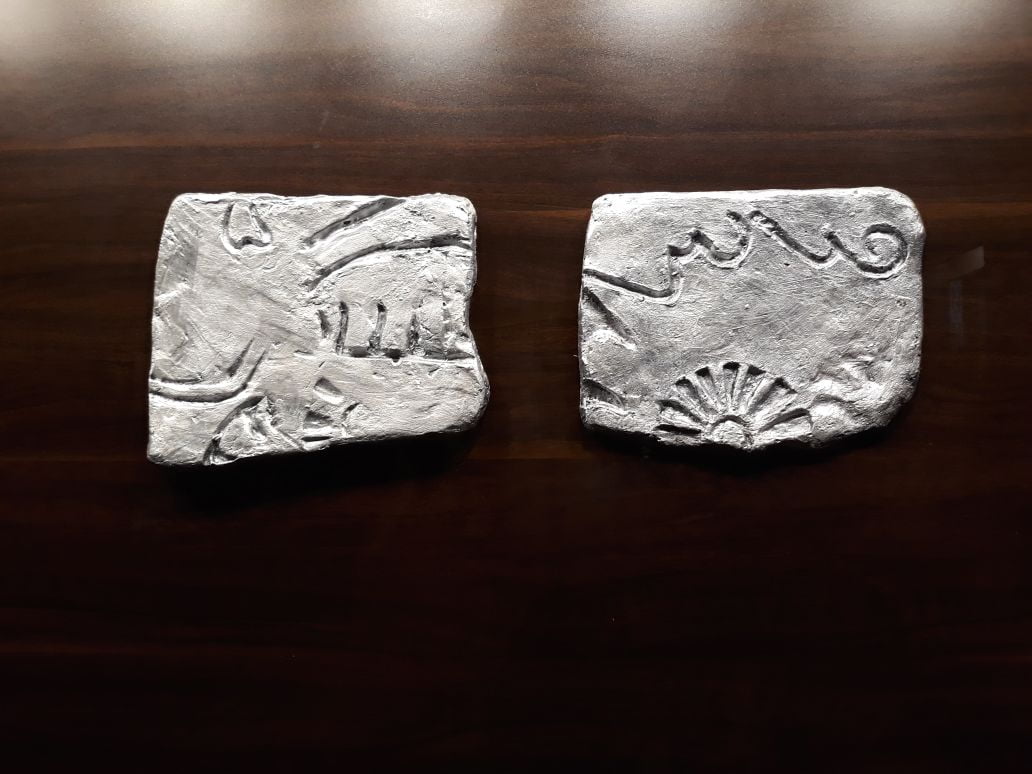
They were classified into imperial and local on the basis of symbols punched on them. Textual work of Manu and Panini, also mention about the use of these coins before the Christian era.
Indo-Greek Coins- These coins set a trend in India. While the traditional coins had more nature-based inscriptions, these had portraits of the kings on the obverse. The diademed or hemeted head or bust is commonly seen on these coins. They also introduced the effigy of the Greek Gods and goddesses on the reverse of the coins. Another remarkable feature on their coins is conjugate representation.
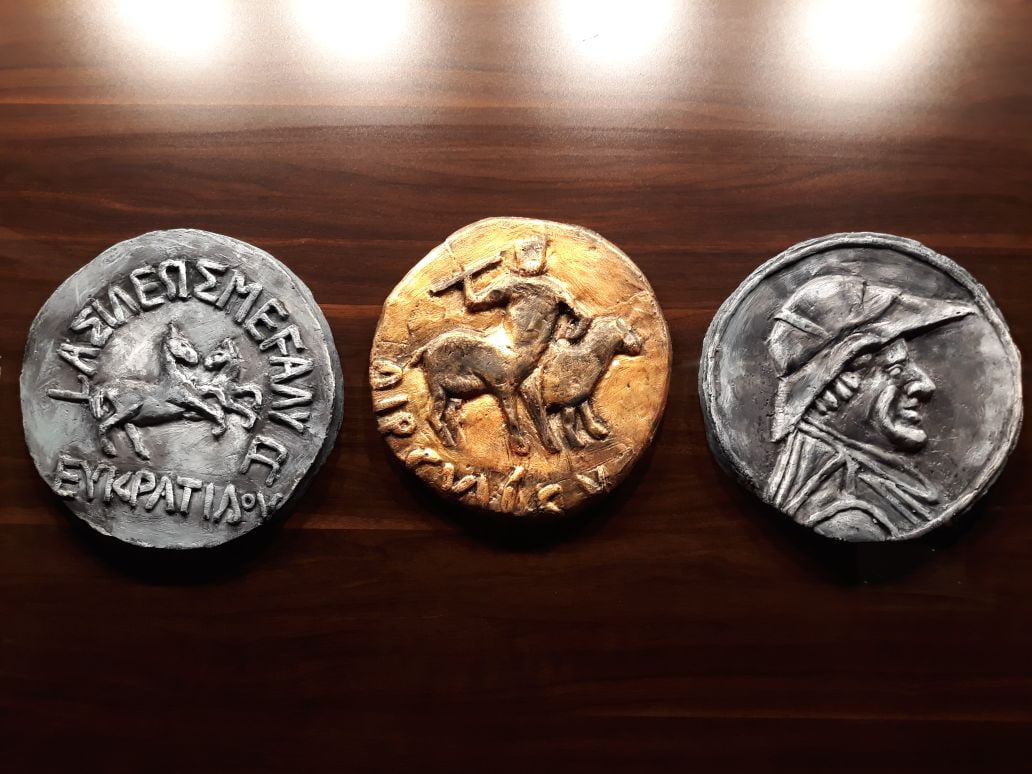
In most of the coins, Greek inscription is placed on the obverse while the translation in Prakrit Language, in Khoroshti script is found on the reverse. The boldly drawn features of the faces of early foreign invaders also make it different from other coins.
Gupta Coins- Chiefly issues in gold, these coins show the prosperity of Gupta period. Very few of these coins are found in Odisha. These coins were famous especially for their artistic meit, beautiful execution, and variety of motifs. Chandragupta Kumardevi and Samudragupta’s lyricist type of coins are displayed at the state museum.
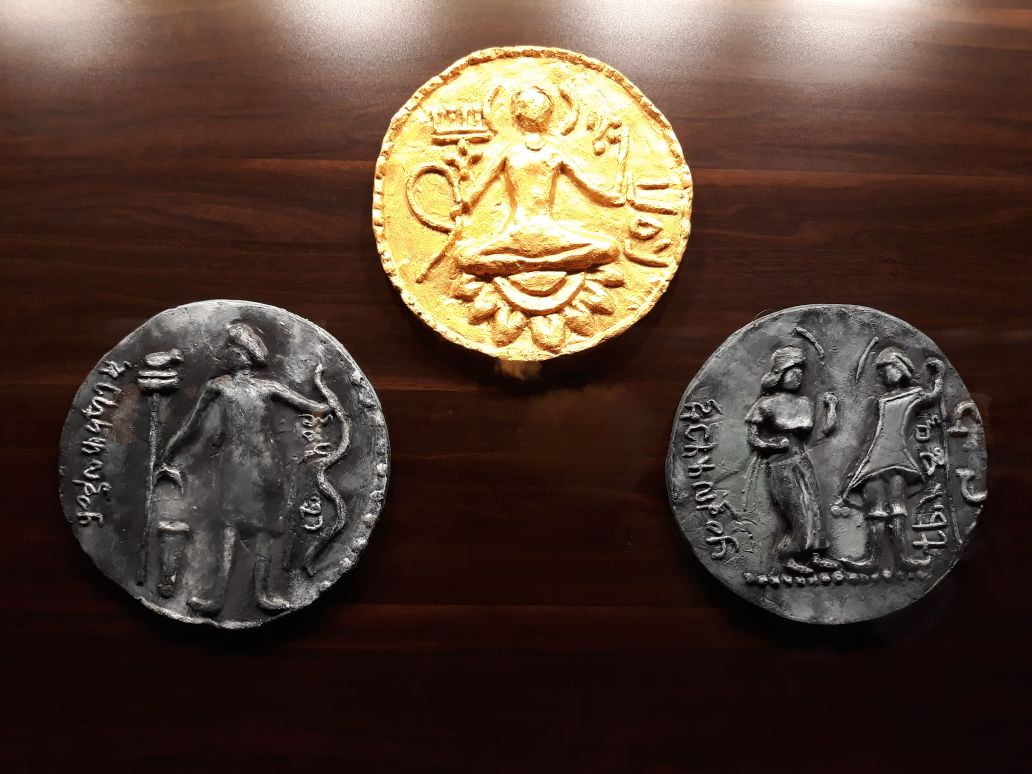
Sarabhapuriya Coins- These coins, found in gold and other metals, mainly had figures of Lord Vishnu as the rulers of Sarbhapura, or the Sarabhpuriya dynasty, ardent devotees of the Lord. The obverse of these coins has an effigy of Garuda with human face with spread-out wings. There is crescent moon to its right and a chakra to its left.
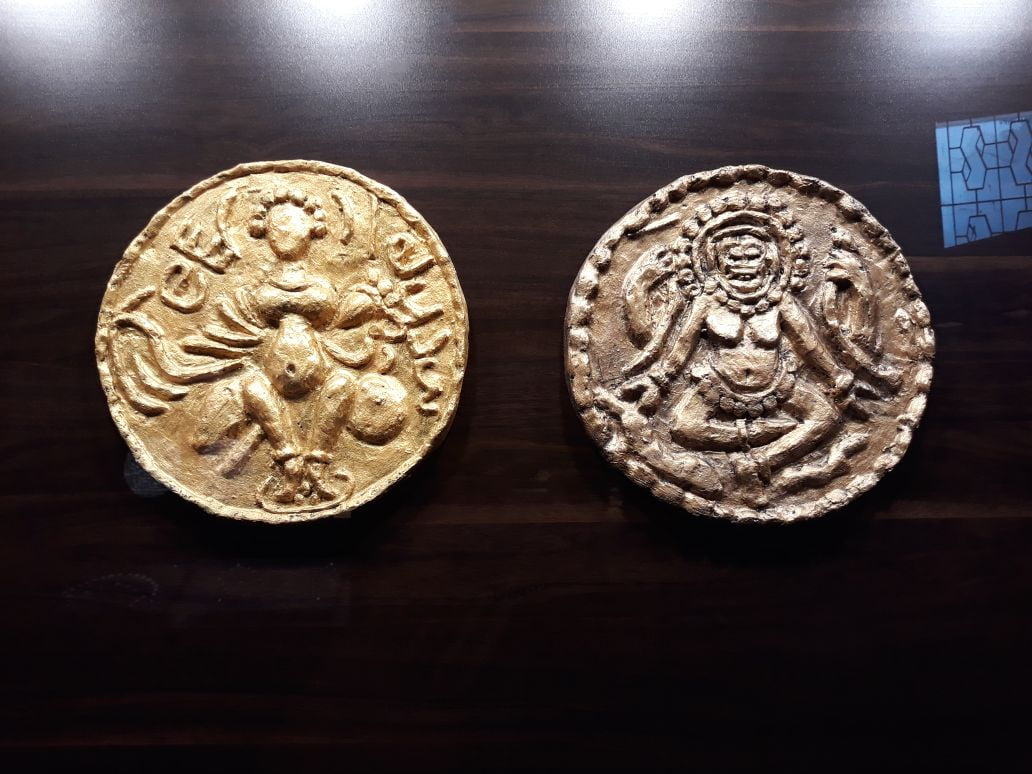
The lower part of this coin contains the name of the issuer that are written in box headed letters. These coins were found in undivided Kalahandi and Cuttack districts of Odisha.
Ganga Fanams- The imperials of Eastern Gangas, who ruled Kalinga from 9th to 15th century, introduced a new type of gold coins, that were popularly known as Fanam. These were found in different parts of Odisha and South India. Thin and small in size, these are light weight coins that were used as both currency and ornaments. On the obverse of these coins is the dynastic crest of the Gangas while the reverse contain the letter ‘Sa’ in Nagari with some numerical symbols with the regal year of the issue.
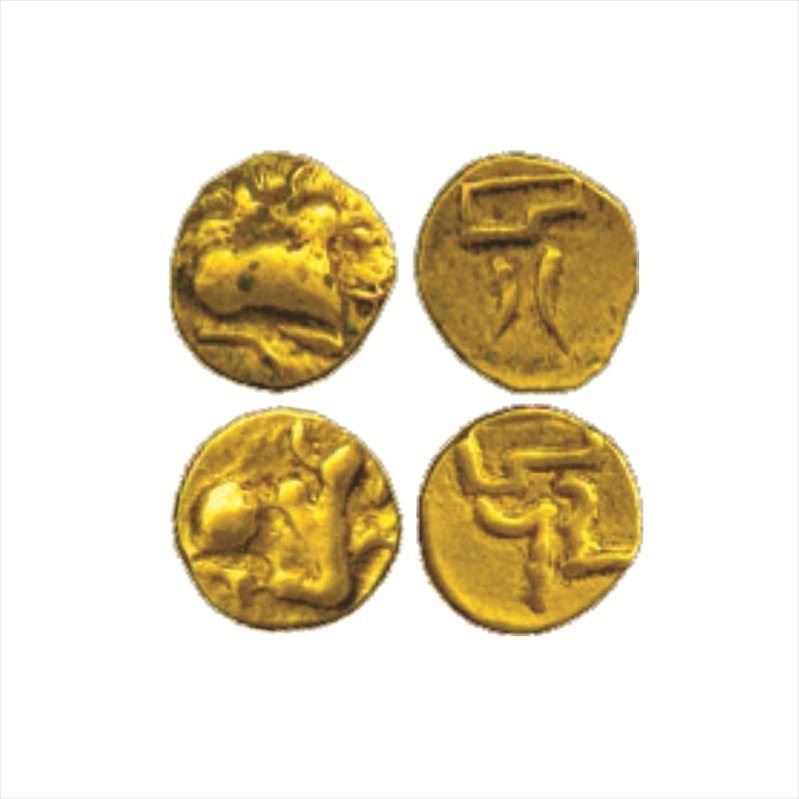
This dynasty was the builder of famous Konark Sun Temple and the Jagannath Temple in Puri.
Coins of Nagas of Chakakotta- Found from undivided district of Koraput, these coins have some beautiful pictures on the obverse. Within dotted border, there is a figure of tiger roaring, before him a dagger with its point resting on ground, above the animal sun and moon are represented on right and left respectively. On the reverse, the legend in Nagari script reading Somesvara Deva is written in three lines.
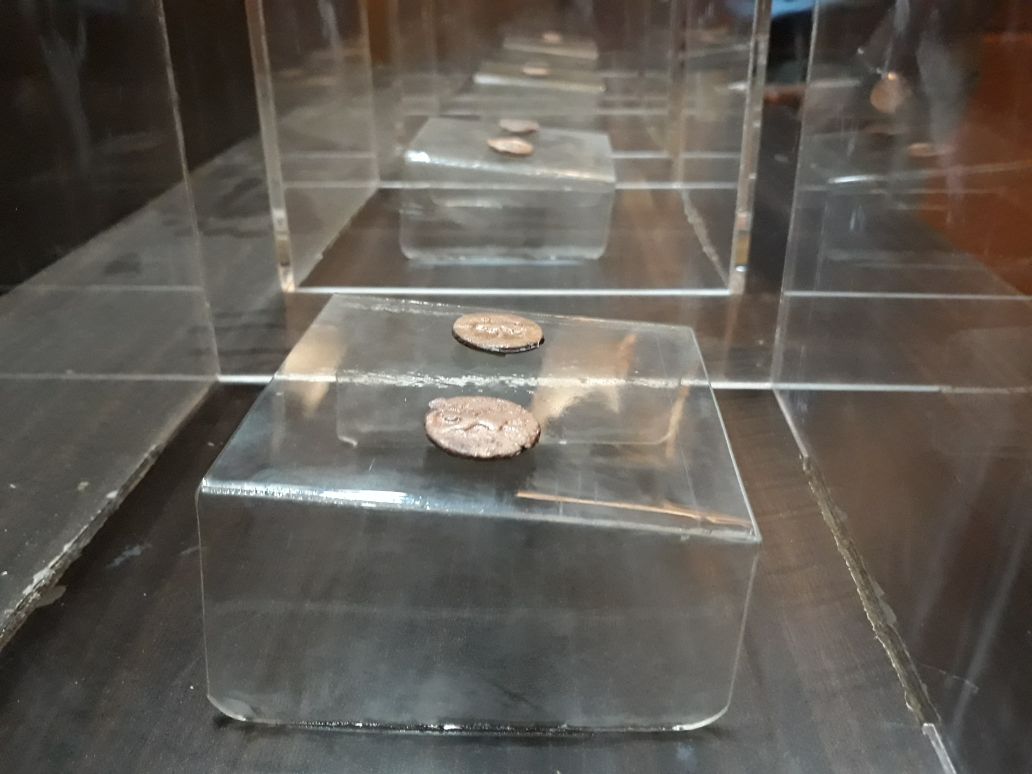
Kushana Coins- The largest ever hoard of these coins were discovered in Odishas Bhadrak district. The Kushana coins of the North whose imitations were found in Odisha, were quite similar to Indo-Greek coins since the inscriptions on the obverse was in Greek while on the reverse was in Prakrit Language.
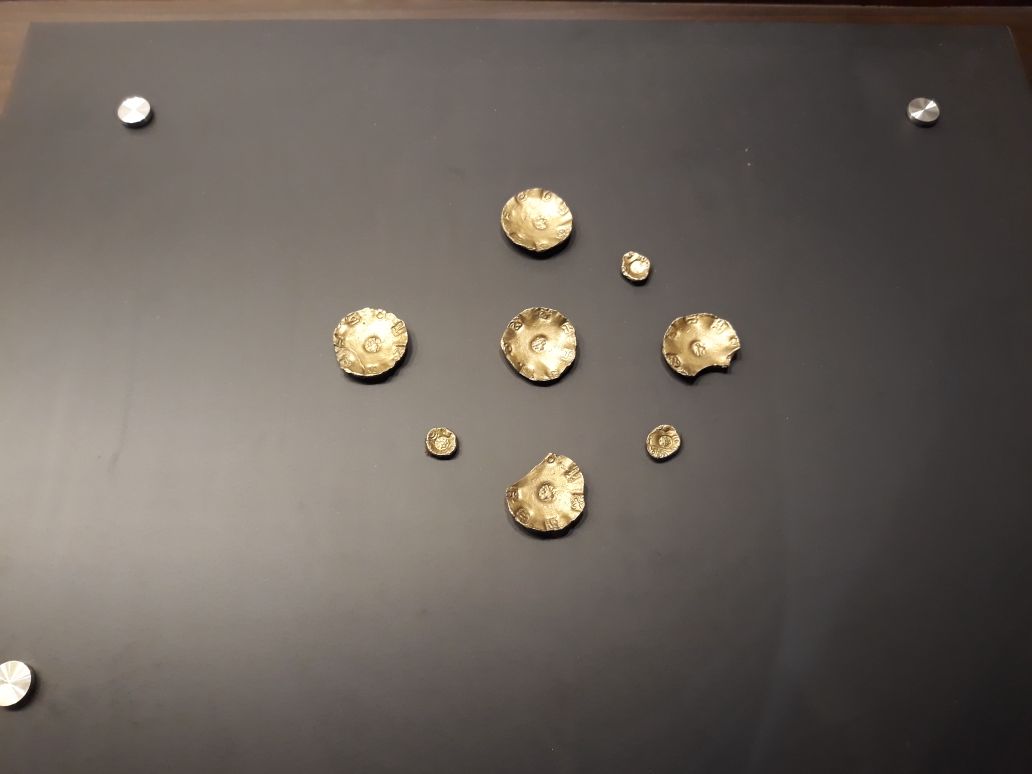
The ones found in Odisha were termed Puri-Kushana as they were found in abundance in Puri in 1895. These coins were discovered in other parts of Odisha like Mayurbhanj, Balasore and Ganjam. The original coin had Greek and Iranian gods on them along with other Indian gods like Sati, Kartikeya, Vasudeva. King Kanishka introduced the figure of Buddha in gold and copper coins. From his time onwards, Brahmi letters were found on the coins.
Coins of Muslim Rulers- Famous for their calligraphy, these coins had letters presented in pictorial forms. They bear the name of the issuer, the date of the issue and the name of the mint in Arabic/Persian language. One can also find some portion of Kalima, the formal content of Shahada (declaration of faith).
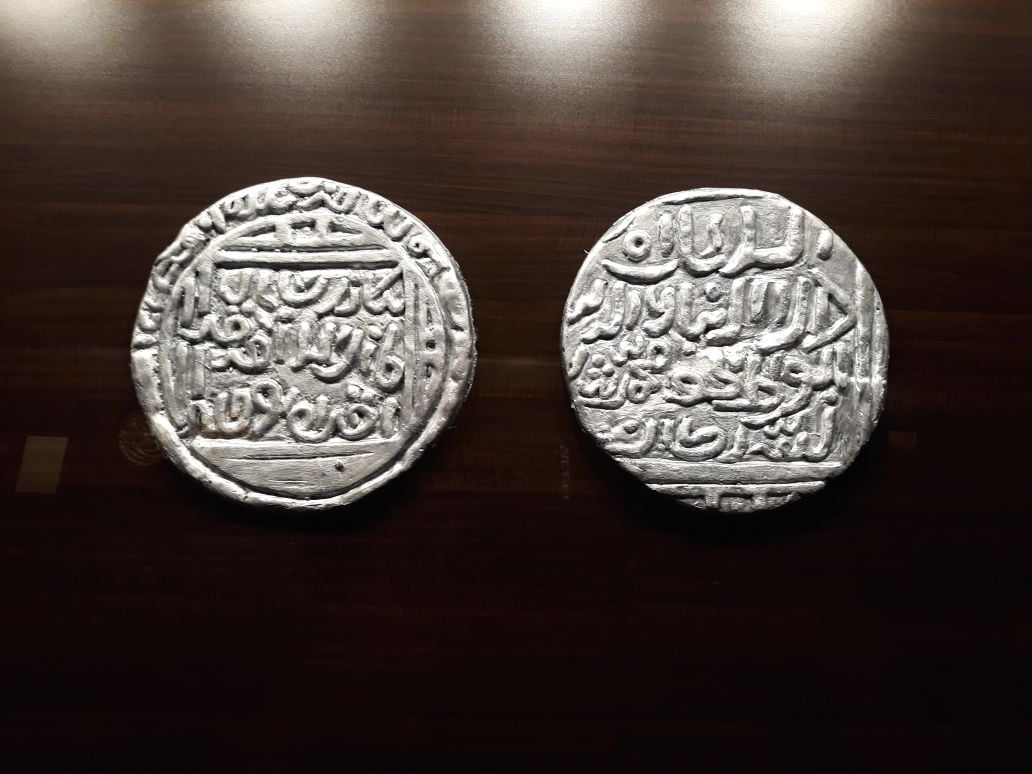
These coins appeared in the 9th century when Islamic rulers invaded India. In the 10th century AD when Mahmud of Ghazni invaded India, various parts of the country was influenced by Islam.
On the occasion of International Museum Day, a film gallery was also opened at the State museum, on Friday The film gallery showcases rare photographs related to Odia films till 1986. Around 81 photographs of eminent music directors of Odia cinema, including Akshaya Mohanty, Raghunath Panigrahi and Balakrushna Das along with the music recording of films are on display.
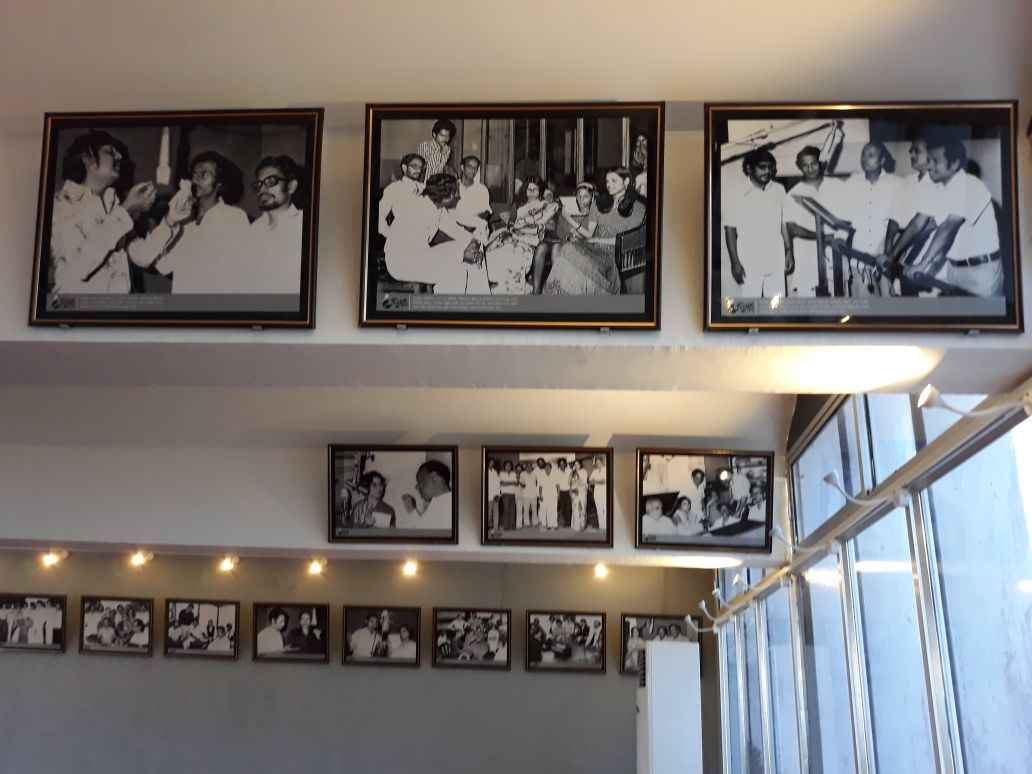
There are gramophonic records of cult Odia films such as ‘Sita Bibaha’ and ‘Jai Jagannath’ and the collection includes 80 films released from 1936 to 1986.


